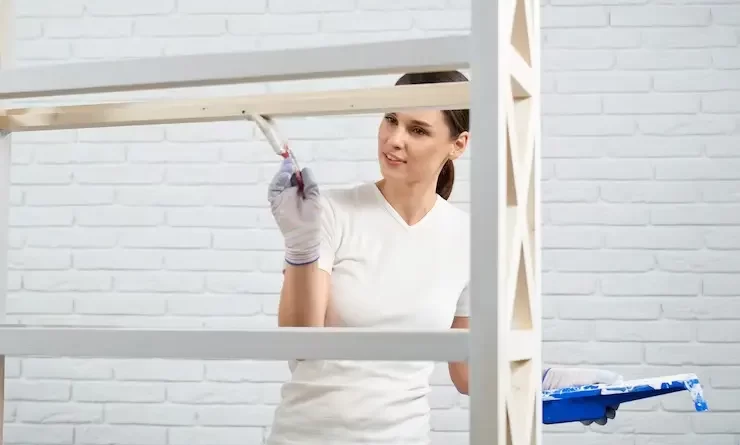Read to Know More About Gypsum Plaster
Plastering is the act of applying a thin layer of plaster to the uneven surfaces of columns, walls, ceilings, and other construction components in order to smooth out and strengthen the surface.
Plastering not only adds visual appeal but also shields the surface from deteriorating forces and plant growth. Its chemical formula is CaSO4.2H2O and is a soft sulphate mineral made of calcium sulphate dihydrate. White in colour, it is typically originate in the form of rock.
Gypsum plaster is a paste created by combining water and gypsum powder in an appropriate ratio. Gypsum plaster does not include any sand. Gypsum plaster can only be made by mixing gypsum powder and water.
Rigips brand offers these plasters and they` use the latest state-of-the-art know-how available in the world and their products form a comprehensive, and certified building system.
Types Of Gypsum Plaster:
Gypsum plasters are categorized based on the amount of heat that is used while manufacturing them:
- 1700⁰C.heating is used to manufacture Anhydrite gypsum plaster
- Higher heating temperature is used for the making of Hemihydrate gypsum plaster.
Gypsum plasters are available based on the application:
- Single coat gypsum plasters
- Machine applied gypsum plasters
- Finish gypsum plasters
- Casting gypsum plasters
- Undercoat gypsum plasters.
Properties Of Gypsum Plaster:
- It is quite light in weight
- It is fire-resistant and may not allow to easily pass-through heat
- It sets also as the natural crystallization process
- It is slightly soluble in water as compare to lime plaster
- It shows excellent bonding to the fibrous materials
- It is not affected by bacteria at all
- It sets with a small volume change with negligible shrinkage/drying
- It needs a small proportion of sand and a few other aggregates.
Advantages Of Gypsum Plaster:
1. Ease of application
Gypsum can immediately be applied without brick or block work with changing finishing.
2. No shrinkage cracks
Gypsum produces much less heat compared to the cement and reacts with water; hence this plaster has lesser shrinkage cracks.
3. Quick setting time
Gypsum sets quickly, so painting might begin 3 days after this plaster application.
4. No curing time required
This plaster does not require any curing unlike conventional cement plaster. Throughout the construction, it saves water and time.
5. High productivity
The time can significantly be reduced than traditional cement plaster.
6. High performance
After drying, it offers excellent high strength, sturdy and light-weight weight.
7. Smooth finish
Completely levelled, lined, smooth walls and excellent corners with proper angle.
8. Reduced supervision
Cautious quality checking for sand and cement must be properly proportioned is needed for cement plaster. Also, gypsum plaster does not need high-quality checks for any application.
9. Easily available raw materials
Gypsum is a readily available material as its raw material is natural sand, which is easily available.
10. Fire-resistant
They are highly resistant to fire.
11. Low thermal conductivity
It has comparatively low thermal conductivity and saves electricity cost during heating and cooling of rooms in building.
12. Decorative application
It can simply be applied to decorative functions and mould into totally different shapes.
Conclusion:
Plasterboard has strong insulating qualities, is fire resistant, impact resistant, and gypsum plaster may be applied to any brick, solid, or hollow block.

